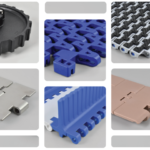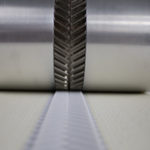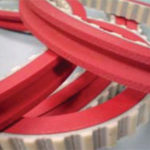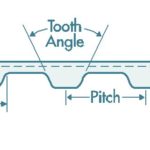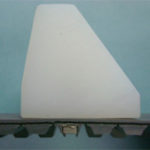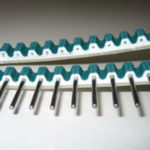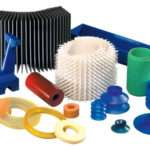Globax news
Blog
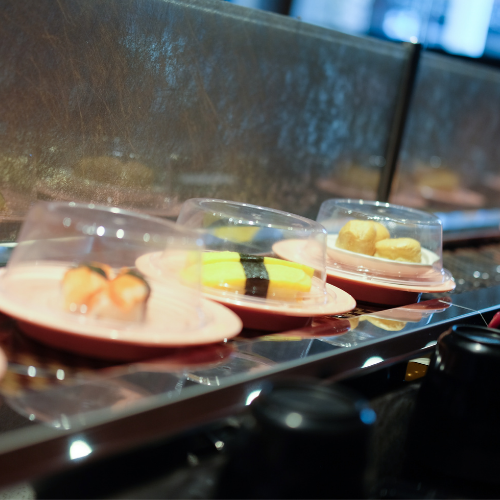
The Case for More Conveyor Belts in Restaurants
Why should there be more conveyors in restaurants?
According to The Spoon:
Spoon Editor in Chief Chris Albrecht posed an interesting question this week for restaurants to consider: Will we see more conveyor belt-style food delivery systems as consumers head back to dining rooms?
The short answer is yes. For now, the concept is most associated with sushi. But new developments in restaurant tech and operations over the last year suggest the conveyor belt will have many uses for many different food types moving forward — sushi or otherwise.
Conveyor belt sushi, better known as kaiten sushi, emerged in the 1950s when an Osaka, Japan restauranteur named Yoshiaki Shiraishi developed the concept to keep labor costs down at his restaurant and ensure quick service for customers.
Labor costs and shortages as well as improving speed of service are two major priorities in the restaurant industry right now, especially as restaurants continue to struggle financially from the pandemic and at the same time have to juggle multiple meal formats, from in-dining room to curbside pickup to drive-thru. And seeing as we’re still in a pandemic, many see limiting the human-to-human contact as another necessary priority.
Managed properly, conveyor belt systems could easily address all three of the above elements: labor, speed, and safety. In a growing number of cases, they already do.
UK-based chain YO! (née Yo! Sushi) helped to popularize the conveyor belt concept in Britain long before the pandemic. And it seems the chain has made some some pandemic-related changes to its system over the last few months, including integrating it with QR code-based digital ordering. Rather than customers choosing what they want from a rotating display, they scan a QR code at the restaurant and choose and pay for items digitally. The conveyor belt then brings chosen items to customers. Speaking to BBC in 2020, Yo Sushi CEO Richard Hodgson said the belt system takes the place of a waiter, and “rather than using it to showcase the food, we’re using it to deliver the food straight to you.”
Kaiten sushi never really went out of vogue, so it’s unsurprising we’re seeing more of these systems pop up in the age of social distancing. But the concept is rapidly spreading outside of sushi restaurants, too. As Chris noted a few in his post:
At the Country Garden robot restaurant complex in China, food is carried from the kitchen to the table via an overhead rail system and then dropped down by tether to the customer. At Alibaba’s Robot.he restaurant, also in China, automated robots on tracks deliver food directly to a table. The Robo Cafe in Dubai has a similar system of Roomba-like robot waiters for customers sitting at the counter.
Down the street from me, in Nashville, Tennessee, a mother-daughter duo opened a cheese-and-charcuterie conveyor belt restaurant called Culture + Co.
And with more restaurant orders going off-premises, the conveyor belt is becoming a back-of-house staple, too. Crave Collective, a combination ghost kitchen/virtual restaurant, runs a conveyor belt system through the middle of its facility that shuttles delivery orders to drivers waiting to deliver the food. Both Burger King and McDonald’s have introduced the conveyor belt as a delivery mechanism for getting food from the kitchen to drive-thru and/or pickup customers, though both examples are still just design concepts right now.
It goes hand-in-hand with the move towards less interaction between staff and customers, or at least less handing back and forth of physical things. As some of the above examples show, the format seems especially well suited to getting off-premises meals to drive-thru and curbside customers. I’m not the only one to think so, either. A growing number of restaurants, ghost kitchen operators, and other individuals in restaurant tech have all suggested we’ll see the conveyor belt in more of these scenarios in the future in addition to having them in the dining room.
